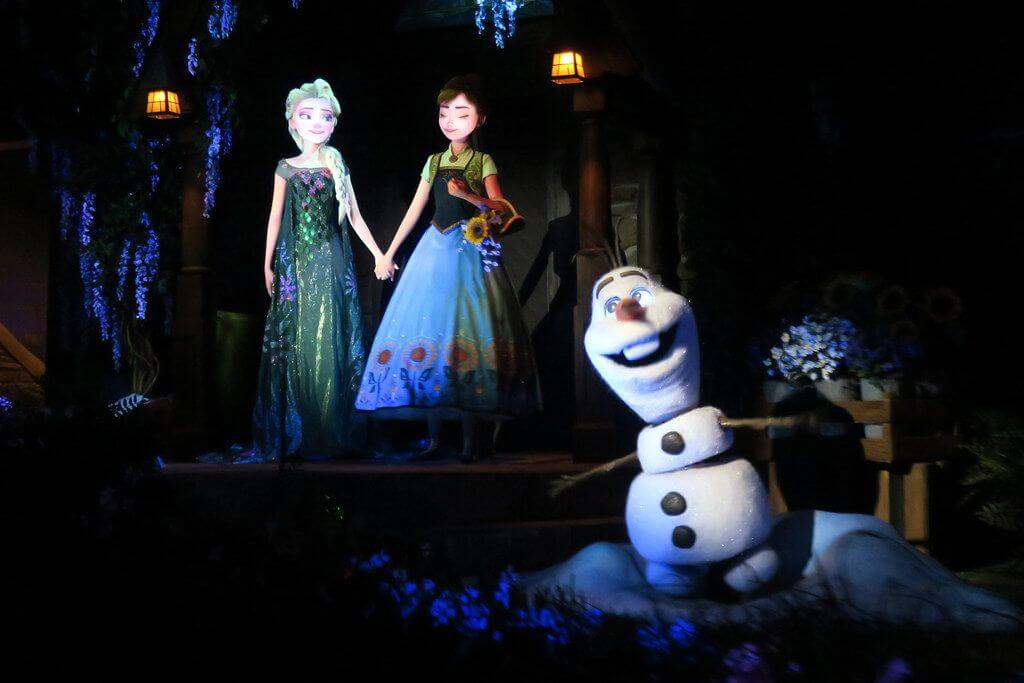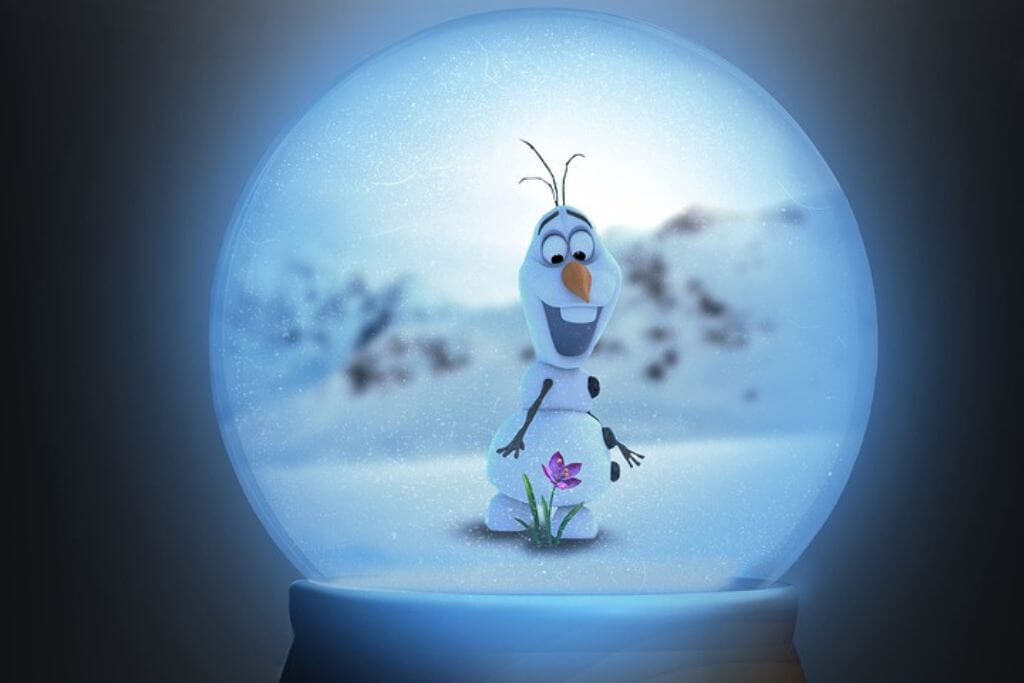The concept behind making Frozen animated movie
Introduction of Frozen
Frozen was the most awaited project of the Walt Disney Company. The project was established on March 1940. Samuel Goldwyn was approached by Walt Disney with the idea of a co-production in which his company would film the live-action scenes from Hans Christian Andersen’s life and Disney’s studio would animate Andersen’s fairy tales.
The animated segments would be based on a number of Hans Christian Andersen’s most well-known writings, such as The Little Mermaid, The Little Match Girl, The Steadfast Tin Soldier, The Snow Queen, Thumbelina, The Ugly Duckling, The Red Shoes, and The Emperor’s New Clothes.
The studio ran into trouble with The Snow Queen, nevertheless, as it was unable to relate and adapt the Snow Queen concept to contemporary audiences.
Disney concentrated on producing wartime propaganda once the United States entered World War II, which led to the suspension of the Disney-Goldwyn project in 1942.
Hans Christian Andersen, which Goldwyn later produced in 1952, included Danny Kaye as Andersen, Charles Vidor as the director, Moss Hart as the writer, and Frank Loesser as the composer of the songs.
The efforts behind the creation of Frozen the animated movie
Frozen is one of the high-profile animated movies which involved a wide variety of efforts from the whole team behind it from the production to the film. Frozen 2 is 2nd highest-grossing animated movie of all time.
The movie was a big hit at the box office throughout its theatrical run, generating $1.280 billion worldwide, surpassing Toy Story 3 to become the highest-grossing animated movie of all time. It held that title until The Lion King remake overtook it in 2019.
Disney Frozen 1 also became the highest-grossing movie of 2013 and the fifth-highest-grossing movie of all time. The movie launched a franchise when it was the best-selling Blu-ray Disc in America by January 2015, leading to the release of an animated short in 2015, an animated featurette in 2017, and a full-length sequel, Frozen II, in November 2019.
This movie gained several achievements. Some film critics believe Frozen to be Disney’s best-animated movie since the studio’s Renaissance era; it received plaudits for its graphics, storyline, themes, soundtrack, and voice acting. At the 86th Academy Awards, Frozen won two prizes in addition to many other distinctions.
Behind the success of the Frozen movie
When the movie was released, it gained a huge audience response and it become the highest-grossing film of 2013. Apart from that, creativity has deserved success. So here we tell you how the film was created and how the animation was designed.
The Contribution of Giaimo to Frozen
Giaimo began his pre-production research for Frozen by reading widely about the entirety of Scandinavia and traveling to the Danish-themed city of Solvang near Los Angeles, but he eventually focused on Norway in particular because “80%” of the pictures that he found appealing were from that country. Disney ultimately provided funding for three research field excursions.
While lighting and arts teams visited an Ice Hotel in Quebec City, Quebec, to study how light reflects and refracts on snow and ice, animators and special effects experts traveled to Jackson Hole, Wyoming, to walk, run, and fall in deep snow while wearing a variety of clothing, including long skirts (which both female and male personnel tried on).
Finally, Giaimo visited Norway with other artists in order to be inspired by the country’s fjords, mountains, buildings, and culture. “We had a very tight time timeline for this movie, so our primary emphasis was really to get the plot right, but we knew that John Lasseter is keen on truth in the material and creating a plausible world—which, again, doesn’t mean it’s a realistic world—but a convincing one.
It was crucial to understanding the size and scope of Norway, and it was crucial for our animators to be familiar with the country, according to Del Vecho. He said, “There is a true sense of Lawrence of Arabia scope and size to this.
Contribution of the whole artist team
Giaimo, the animators, and the artists worked on the film’s general aesthetic and performed research for it in 2012, but as was said above, the production team was still having trouble coming up with a strong storyline. It wasn’t until November 2012 that the issue was fully resolved, and after that, the script needed even more major adjustments.
As a result, the animation team’s single “most difficult” problem was a tight deadline of fewer than 12 months to turn Lee’s still-evolving shooting script into a finished movie.
Around 600 to 650 individuals, according to Lee, made up the complete Frozen team, “including about 70 lighting people, 70+ animators, and 15 to 20 storyboard artists.”

